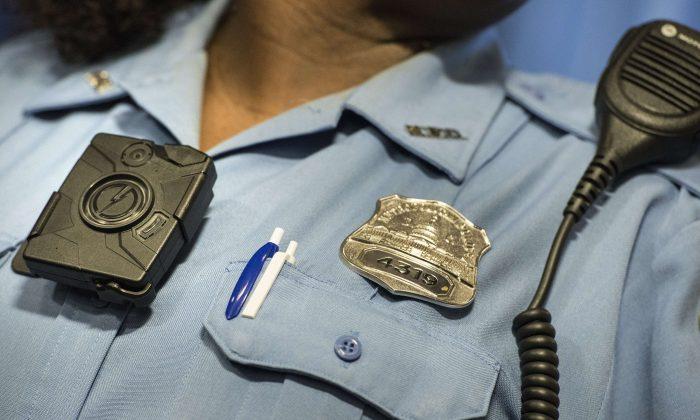The widely varied approach for body-worn cameras that approximately 3,000 police forces in the United States are already testing, using, or exploring could be helped along by federal guidelines being released this spring.
The soon to be available cache of expert tips, tricks, techniques, and policy recommendations were announced last week after the President’s Task Force on 21st Century Policing put out its interim report. One of the key missions of the task force is to find ways to use technology in a manner helpful to law enforcement to form better relationships with the community.
There are a wide range of questions over body-worn cameras that include everything from privacy concerns to data storage and data access that police departments are struggling to answer. In some cities, the race to add cameras to their patrol force has met with resistance from lawmakers and privacy advocates.
In Seattle, a recently implemented test program could be put on hold until the state legislature can reconcile two vastly different bills that would limit access to recorded files.
Though the federal recommendations, being led by the Bureau of Justice Statistics (BJS), would not be legally binding, they would at least provide some type of guideline for police departments venturing into new territory.
The Body-Worn Camera Toolkit is based on input from about 100 experts and leaders from every type and size of law enforcement agency in the United States. The few police departments globally that have used cameras successfully have found that using the technology requires a vast set of guidelines and policies related to everything from public access to what type of camera is purchased for a department.
The BJS toolkit will be a “one-stop shop of resources on body-worn camera usage” according to the DOJ.
In December, President Barack Obama created the Body-Worn Camera Partnership Program in which the government promised to invest millions in the police forces around the country.
The three-year, $263 million program will put money toward cameras, training programs, and department reform resources. It will also help fund more Dept. of Justice and local law enforcement agency partnerships.
Cameras alone would get $75 million of federal funding that can be put toward buying as many as 50,000 cameras for police.





Friends Read Free